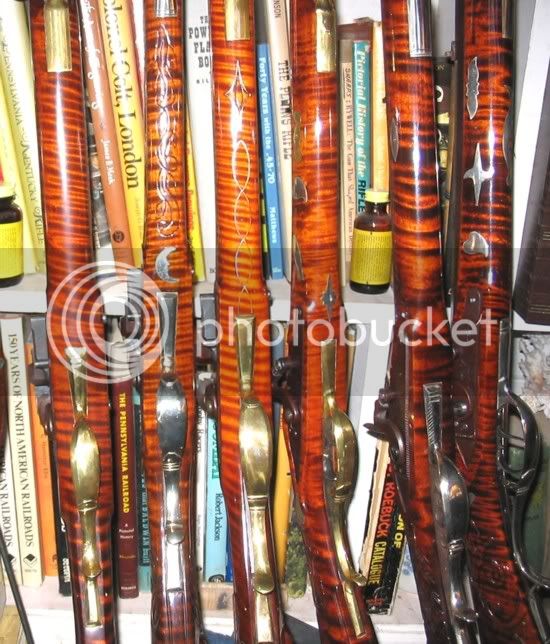eggwelder
40 Cal.
- Joined
- May 26, 2015
- Messages
- 936
- Reaction score
- 338
what other options are there to aqua fortis? it is not easily accessible in Canada, unless i`m misinformed. and i could be. i`m looking for something to make the flame in flame birch pop, much the same way that aqua fortis makes the curl pop in curly maple...
any advice?
any advice?





